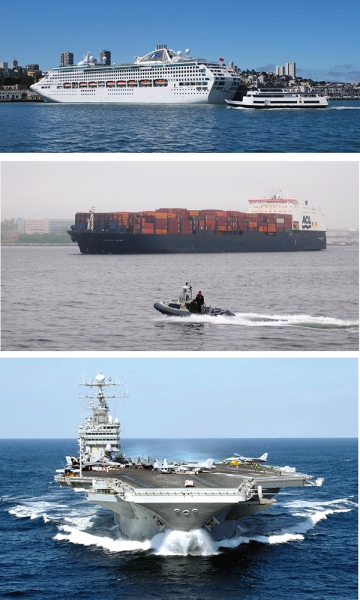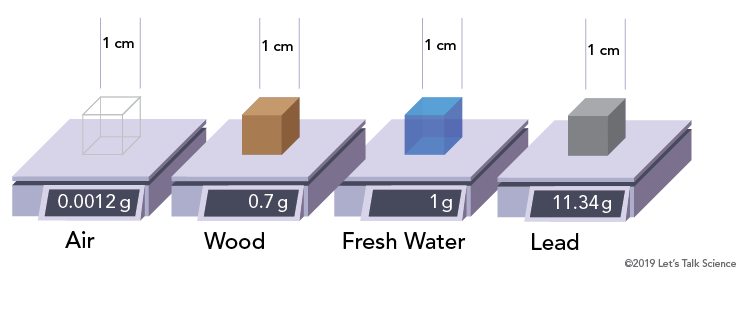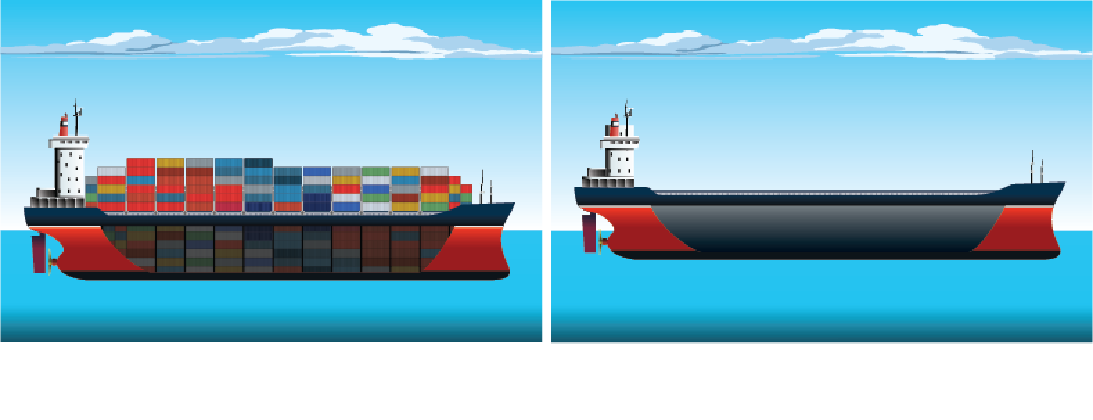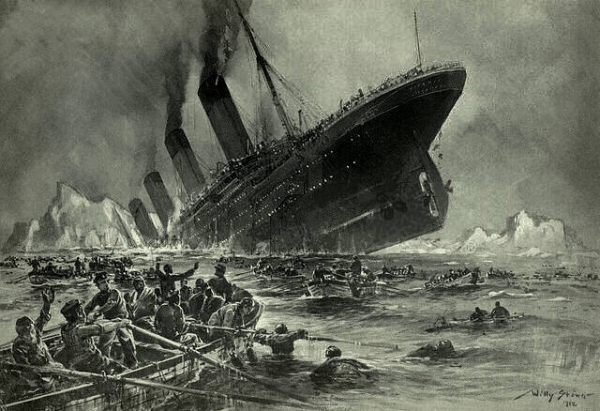Why do Ships Float?
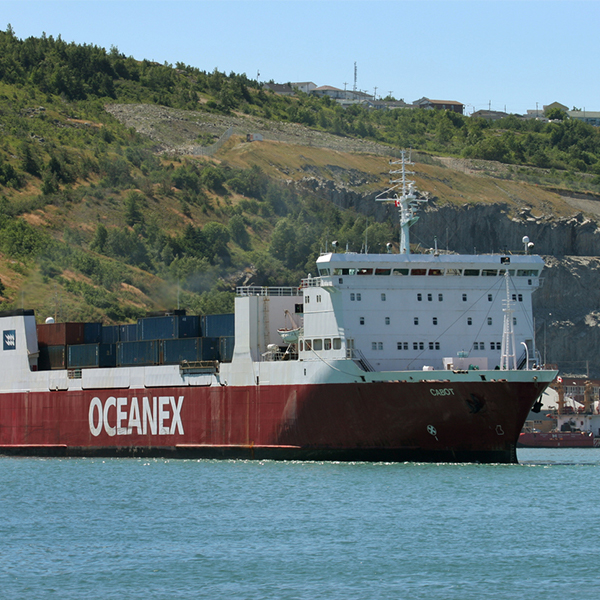
Container ship in St. John’s harbor, Newfoundland, Canada (milehightraveler, iStockphoto)

Container ship in St. John’s harbor, Newfoundland, Canada (milehightraveler, iStockphoto)
5.72
How does this align with my curriculum?
Curriculum Alignment
NU
2
K-6 Science and Technology Curriculum (NWT, 2004)
Matter and Materials: Properties of Liquids and Solids
ON
2
Science and Technology, Grades 2 (2022)
Strand C. Matter and Energy; Properties of Liquids and Solids
NT
2
K-6 Science and Technology Curriculum (NWT, 2004)
Matter and Materials: Properties of Liquids and Solids
